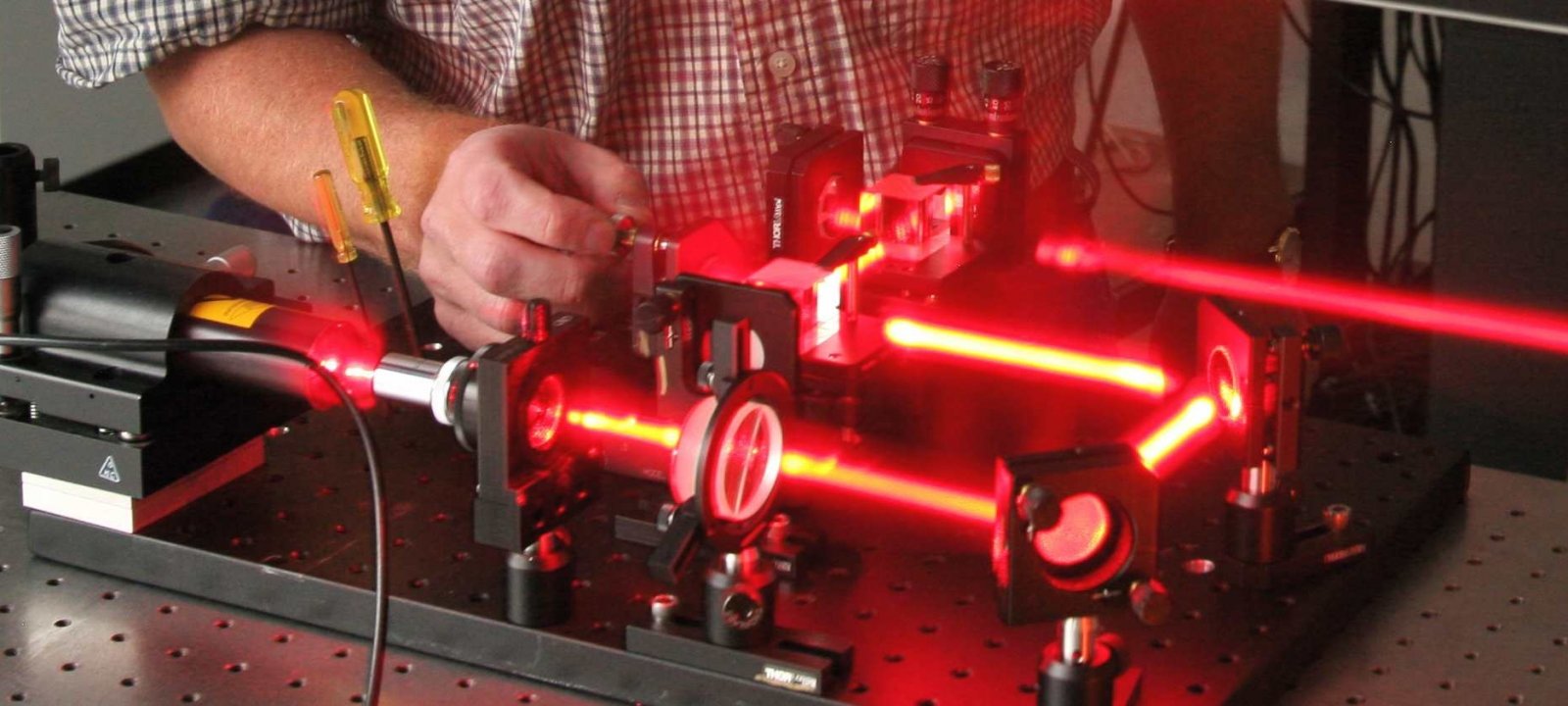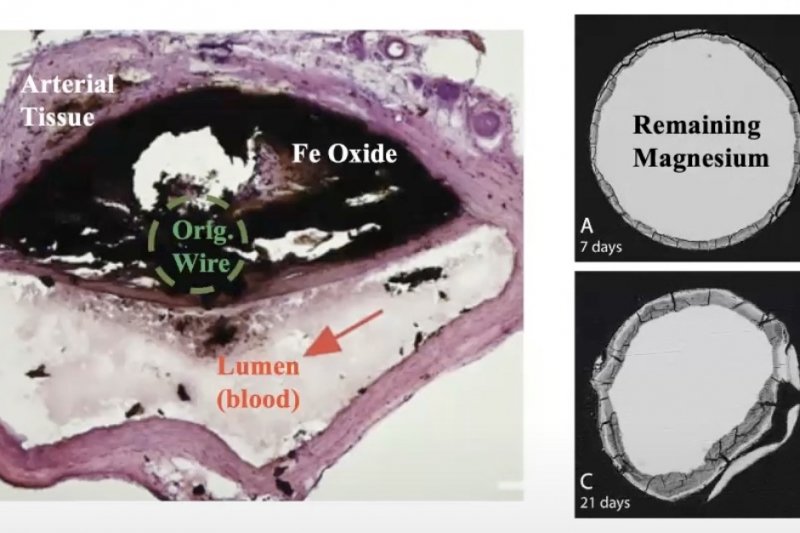The department’s biomedical optics and imaging research focuses on the development of lasers and other light sources for medical imaging, diagnostics, and treatment.
Areas of active research include coherent imaging, including optical-coherence tomography and laser-speckle imaging, fluorescence imaging, and the study of light transport in biological tissue.
Research in the Biomedical Optics Laboratory is concerned with the way light interacts with human tissue and how this interaction can be used for developing novel ways to image physiological processes and anatomical structures.
Research in the Brain Stimulation Engineering Lab involves the components of deep brain stimulation, including temporal pattern design, device modification, closed-loop stimulation, electrical stimulation, and optogenetic stimulation.
The Vascular Engineering Laboratory is equipped for small-animal surgeries, tissue cryosectioning, fluorescence and brightfield microscopy, and live lymphatic imaging.

